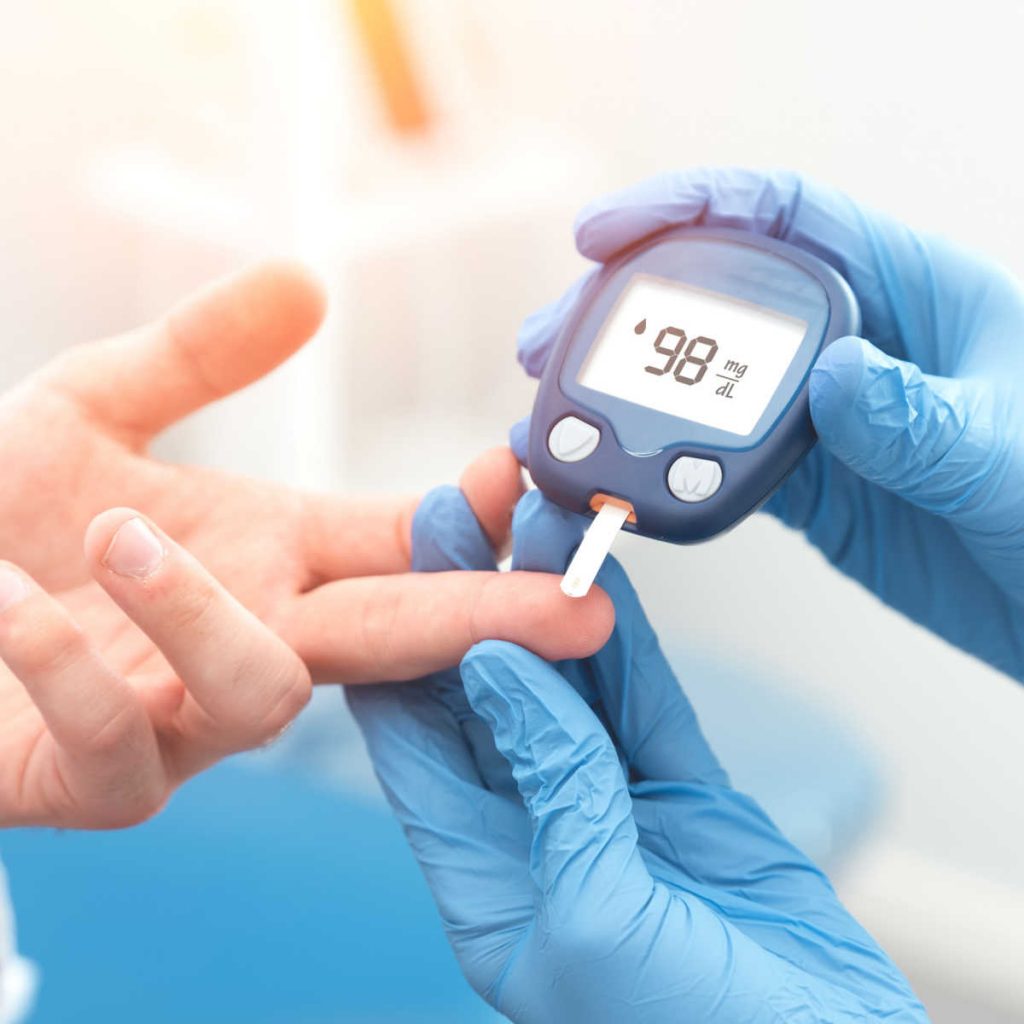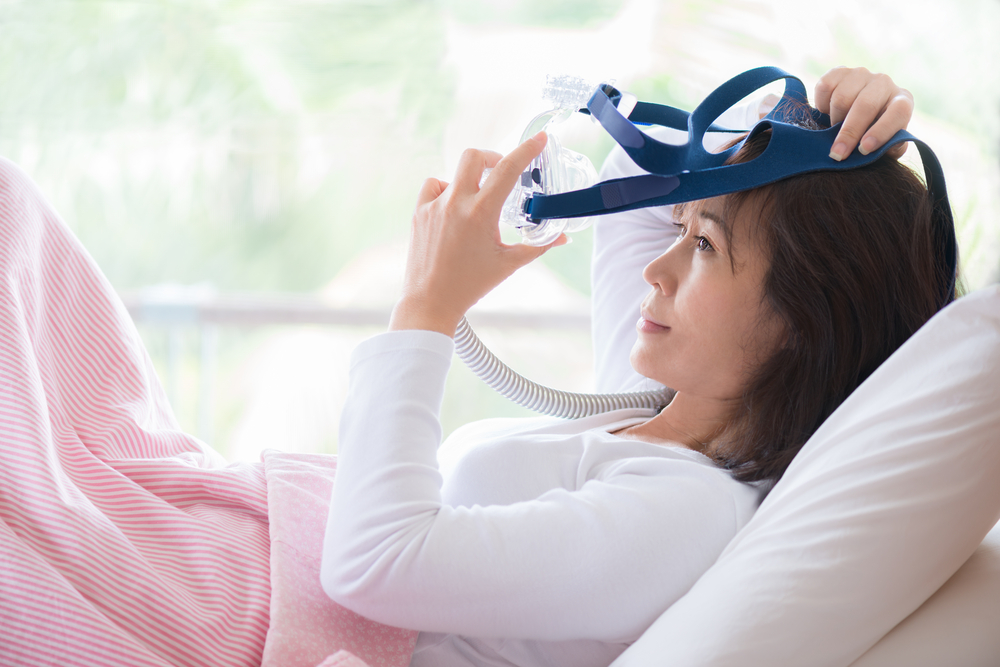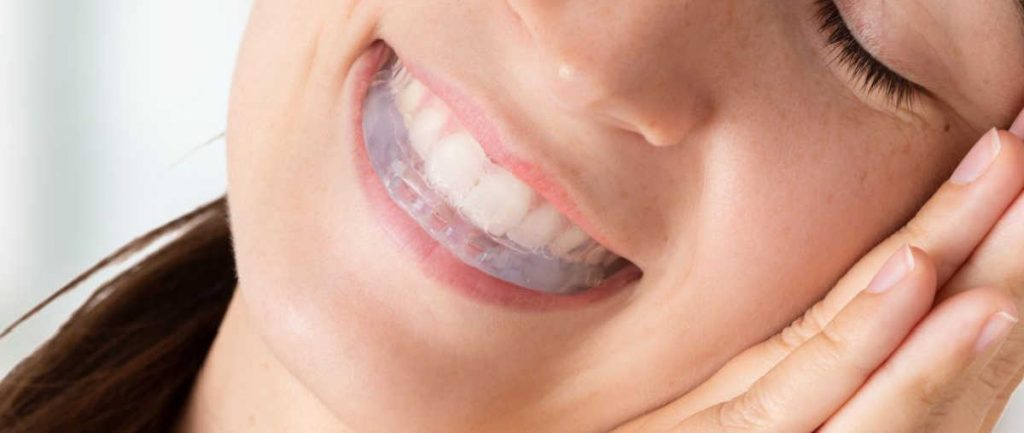Diabetes and Sleep Apnea: Why Managing Both is Crucial
When individuals are diagnosed with both sleep apnea as well as diabetes, it becomes crucial to address both conditions comprehensively. Apneic disorders and diabetes exacerbate each other, leading to a cycle of worsening symptoms.
Sacramento, CA sleep dentist, Dr. A. Scott Grivas III, provides effective management strategies that encompass treatments like oral appliance therapy and lifestyle changes. That way, patients can manage night-time apneic disorders and diabetes concurrently, significantly improving overall health outcomes and quality of life.


The Connection Between Diabetes and Sleep Apnea
Sleep apnea can worsen glucose control and insulin resistance, leading to poorer diabetes management. Conversely, uncontrolled diabetes can exacerbate apneic symptoms and increase the risk of complications.
Type 2 diabetes is a chronic metabolic disorder characterized by high blood sugar levels resulting from insulin resistance and insufficient insulin production. Nighttime recurring apneic episodes have been linked to an increased risk of developing type 2 diabetes. The intermittent episodes of decreased oxygen levels during sleep in those with apneic disorders can lead to increased inflammation, insulin resistance, and impaired glucose metabolism, contributing to the development and progression of type 2 diabetes.
Type 3 diabetes, also referred to as “diabetes of the brain,” is a proposed subtype of diabetes that’s associated with Alzheimer’s disease. Emerging evidence suggests a potential link between apneic episodes and the development of type 3 diabetes.
The chronic intermittent hypoxia experienced during night-time apneic episodes may contribute to oxidative stress, inflammation, and altered glucose metabolism in the brain, possibly leading to the accumulation of beta-amyloid plaques and impaired insulin signaling, both characteristic of Alzheimer’s disease.

Simultaneously Treating and Managing Sleep Apnea and Diabetes
Common methods for treating and managing sleep apnea and diabetes simultaneously include:
Continuous Positive Airway Pressure (CPAP) Therapy
CPAP is a widely used treatment for sleep-related breathing disorders, especially OSA (obstructive sleep apnea). It involves wearing a mask that delivers a continuous flow of air, keeping the airway open during sleep and preventing apneic episodes. CPAP therapy can effectively manage sleep apnea and improve glucose control in individuals with diabetes.
Oral Appliance Therapy
Dr. Grivas offers oral appliance therapy, a non-invasive treatment option for sleep apnea. This involves wearing a custom-fitted dental device during sleep that helps reposition the jaw and tongue, maintaining an open airway. Oral appliance therapy can effectively treat apneic episodes and complement diabetes management.
The Vivos System
The Vivos System is an innovative approach to managing sleep-related breathing disorders that aims to address the underlying causes by optimizing the upper airway. This comprehensive treatment involves the use of customized oral appliances that help reposition the jaw and tongue, improving airway patency during sleep.
Through multidisciplinary collaboration between dental professionals and medical doctors, this integrated approach provides comprehensive care for managing both sleep apnea and diabetes simultaneously.




Weight Management
Losing excess weight can significantly improve both sleep apnea and diabetes. A healthy eating plan, incorporating a balanced diet of whole grains, lean proteins, fruits, and vegetables, coupled with regular physical activity, can lead to weight loss, reduce the severity of apneic symptoms, and improve insulin sensitivity in diabetes.
Regular Exercise
Engaging in moderate aerobic exercise, such as brisk walking or swimming, can enhance sleep quality, reduce the risk of apnea-related complications, and improve glucose control in diabetes. Regular physical activity also promotes overall well-being.
Healthy Diet
Following a balanced diet that focuses on nutrient-rich foods can contribute to weight management, stabilize blood sugar levels, and improve sleep quality. A healthy diet supports both sleep-related breathing disorder and diabetes management.
Sleep Hygiene
Practicing good sleep hygiene habits is essential for managing both apneic and diabetic symptoms. Maintaining a consistent sleep schedule, creating a sleep-conducive environment, and avoiding stimulants before bedtime (e.g., caffeine and nicotine) can enhance the quality of sleep and support overall health.
Frequently Asked Questions
Can treating sleep apnea improve or prevent diabetes?
Yes, treating sleep apnea has been shown to improve insulin sensitivity and glycemic control, reducing the risk of developing or managing diabetes. Continuous positive airway pressure (CPAP) therapy is the most common treatment for sleep apnea and has been associated with improved glucose metabolism and insulin sensitivity.
Can diabetes cause sleep apnea?
While diabetes itself doesn’t directly cause sleep apnea, there’s an increased prevalence of sleep apnea among individuals with diabetes. Shared risk factors, such as obesity and metabolic abnormalities, contribute to the association between these conditions.
Can treating sleep apnea improve other diabetes-related complications?
Treating sleep apnea can have a positive impact on various diabetes-related complications. By improving sleep quality, reducing inflammation, and optimizing glucose metabolism, sleep apnea treatment may help reduce the risk of cardiovascular problems, neuropathy, and other diabetes-related health issues.
Can sleep apnea treatment help with weight loss in individuals with diabetes?
Sleep apnea treatment, such as CPAP therapy or oral appliance therapy, can potentially contribute to weight loss in individuals with diabetes. By improving sleep quality, reducing daytime sleepiness, and enhancing overall energy levels, individuals may find it easier to engage in physical activity and adopt healthier eating habits, leading to weight loss and improved diabetes management.
Sleep and Feel Your Best — Manage Sleep Apnea and Diabetes!
Understanding the link between sleep-related breathing disorders and types 2 and 3 diabetes is crucial for effective management. By addressing sleep apnea through treatments like CPAP therapy, oral appliance therapy, and lifestyle changes, you can improve glucose control, insulin sensitivity, and overall well-being. By taking proactive steps, you can significantly enhance your health and quality of life.
If you’re looking for personalized guidance and an individualized treatment plan for managing both diabetes and sleep apnea simultaneously, contact Dr. Grivas by dialing (916) 735-4060. You can also fill out the contact form below and one of our friendly team members will get back to you shortly. We serve new and returning patients from Sacramento and surrounding areas such as Sierra Oaks, Woodside Condo, and Campus Commons area.
